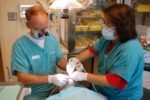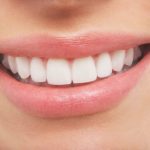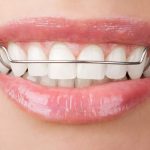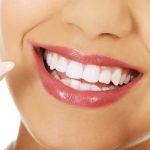Crooked Teeth: Understanding the Causes Behind Misaligned Smiles
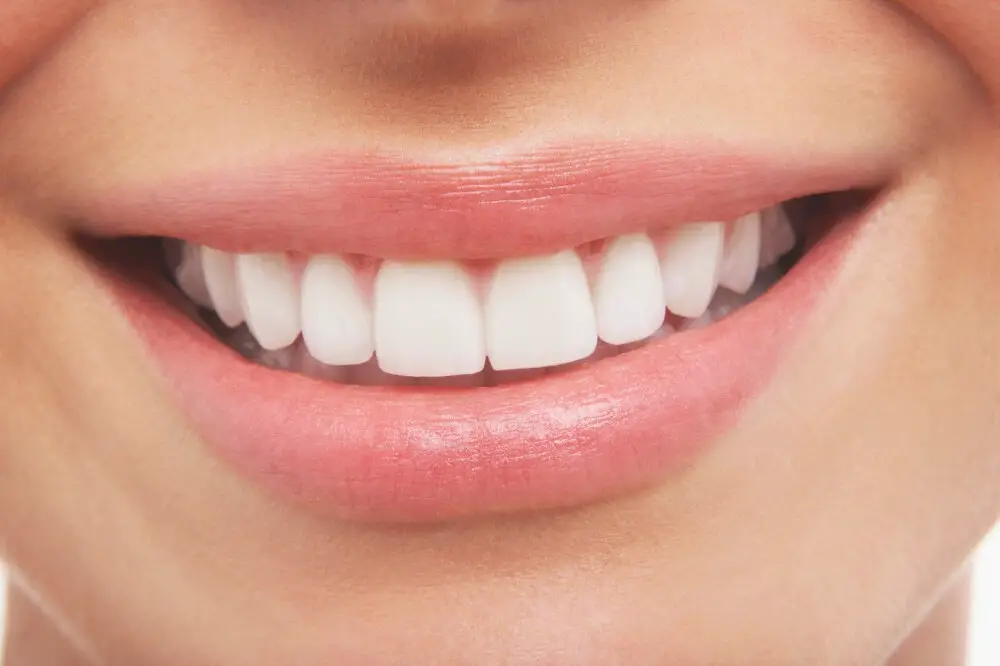
Crooked teeth can be a source of insecurity and self-consciousness for many individuals. However, misaligned teeth are more common than one might think. In fact, few people have naturally straight teeth, and most individuals require orthodontic treatment to correct their smiles. Understanding the causes behind crooked teeth is the first step in taking action to improve your oral health and boost your confidence. There are several factors that can contribute to misaligned teeth. Genetics play a significant role, as the size and shape of your jaw and teeth are inherited. Other factors that can cause crooked teeth include poor oral habits, such as thumb-sucking, using a pacifier for an extended period, or tongue thrusting. Injuries to the mouth or face can also cause teeth to shift out of place, as can losing baby teeth too early or too late. Additionally, overcrowding of teeth or a lack of space in the jaw can cause teeth to become crooked or twisted. Understanding the causes of crooked teeth can help you make informed decisions about your dental health and take steps to prevent or address misaligned teeth.
Crooked teeth, also known as malocclusion, is a common dental issue that occurs when teeth are misaligned or do not fit together properly. It can occur due to various factors, such as genetics, jaw size, and habits like thumb sucking, which can lead to overcrowding, crookedness, and bite problems. Crooked teeth can impact oral health in several ways, such as difficulty in cleaning teeth, increasing the risk of tooth decay, gum disease, and even tooth loss. It can also lead to jaw pain, headaches, and even affect speech and self-esteem. However, there are several orthodontic treatments available, such as braces, aligners, and retainers, that can be used to correct crooked teeth and improve oral health.
Understanding the causes of crooked teeth is crucial for both prevention and treatment. Misaligned teeth can be caused by a variety of factors such as genetics, poor oral habits, and injuries. By identifying the root cause, individuals can take proactive measures to prevent crooked teeth from developing in the first place. For those who already have misaligned teeth, understanding the specific cause can inform the most effective treatment approach. For instance, if the cause is due to poor oral habits, such as thumb sucking or tongue thrusting, behavioral changes can be made to correct the issue. In summary, gaining an understanding of the causes behind crooked teeth is a key step in achieving a healthy and beautiful smile.
Genetics
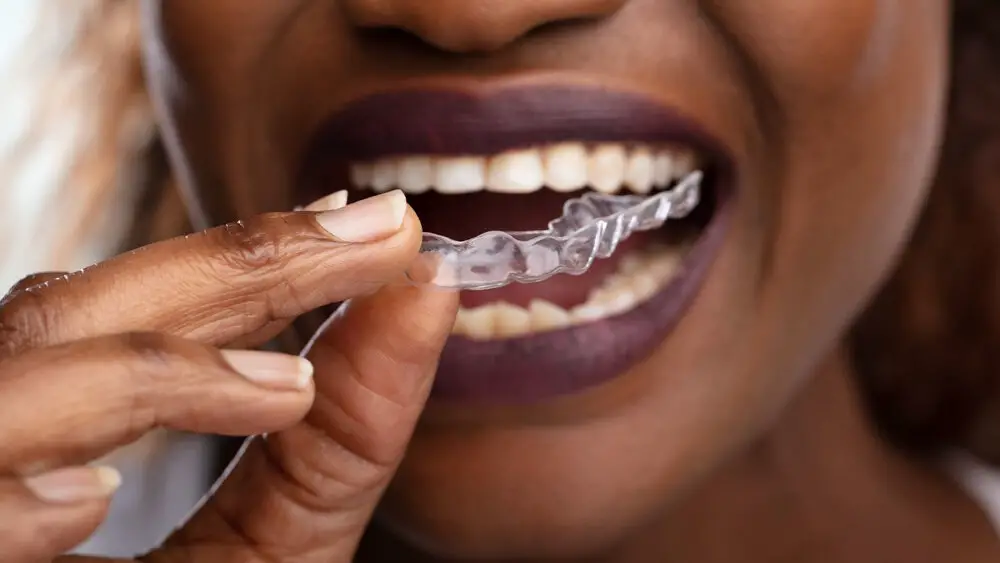
Genetics play a significant role in the formation of crooked teeth. The size, shape, and placement of our teeth are determined by our genes, which are inherited from our parents. If one or both parents have crooked teeth, there is a higher likelihood that their children will also have crooked teeth. Even if a child’s teeth initially appear straight, genetics can cause them to shift over time, leading to misalignment. In some cases, genetic factors may also affect the development of the jawbone, which can contribute to crooked teeth. While genetics are a significant factor in the development of crooked teeth, other environmental factors can also play a role. For example, habits such as thumb sucking, tongue thrusting, or mouth breathing can put pressure on the teeth and cause them to shift out of alignment. Poor nutrition, a lack of proper dental care, and trauma to the mouth or face can also contribute to crooked teeth. Understanding the various causes of misaligned teeth is important for developing effective treatment plans that can address the underlying issues and lead to a healthier, more beautiful smile.
Genetics plays a crucial role in determining the size and shape of our teeth, as well as the structure of our jawbone. The inherited traits from our parents can affect the number of teeth we have, the spacing between them, and the shape of our jaw. If a child inherits a small jaw from one parent and large teeth from the other, it can result in overcrowding or misalignment of teeth. Similarly, genetic mutations or variations can alter the development of teeth, leading to abnormalities such as missing teeth, extra teeth, or crooked teeth. Although genetics is a significant factor, environmental factors such as thumb-sucking, tongue thrusting, and mouth breathing can also contribute to misaligned teeth.
Inherited dental traits play a significant role in the development of crooked teeth. Genetics can influence the size and shape of teeth as well as the size and shape of the jaw. For instance, if a parent has a small jaw, their child is more likely to have a small jaw, which can lead to crowded teeth. Similarly, if either parent has large teeth, their child may inherit those large teeth, which may not fit comfortably in their mouth. These inherited traits can often lead to malocclusion, or misaligned teeth, which can cause a variety of problems such as difficulty chewing, speaking, and even breathing. While inherited traits cannot be changed, orthodontic treatment can help correct misaligned teeth and improve oral health.
Childhood Habits
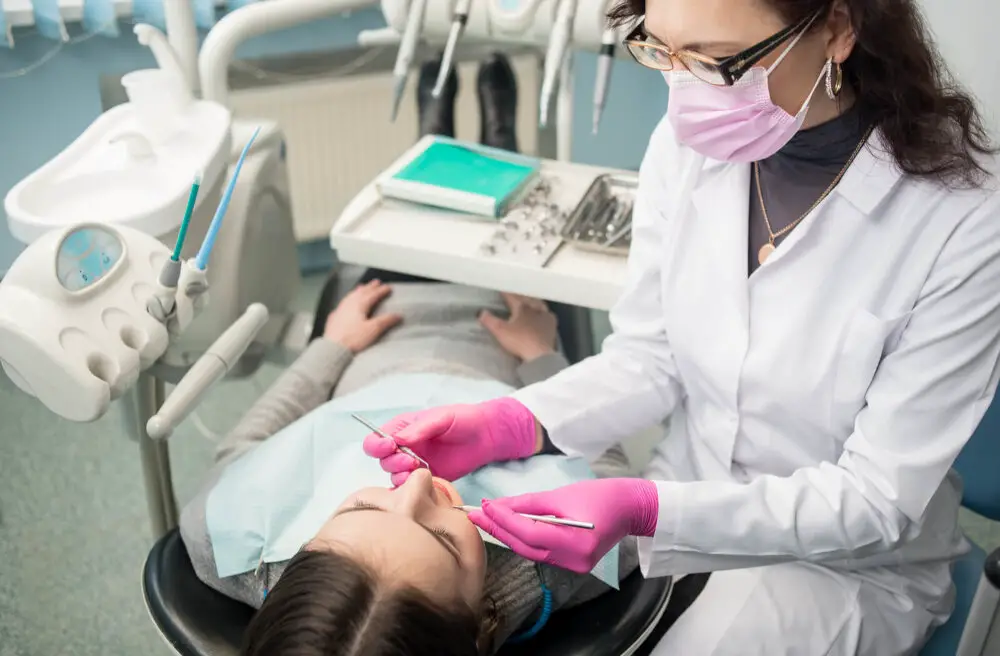
Childhood habits can have a significant impact on the alignment of teeth. Thumb sucking, prolonged pacifier use, and tongue thrusting are all habits that can cause misaligned teeth. Thumb sucking and pacifier use can cause the teeth to shift and grow in an abnormal position. Tongue thrusting, on the other hand, occurs when the tongue pushes against the teeth while swallowing, causing them to shift. These habits can cause not only crooked teeth but also problems with the jaw and bite. Parents can help prevent misaligned teeth by encouraging their children to break these habits early on. This can be done by offering positive reinforcement, such as praise, when the child refrains from the habit. It’s also important to provide distractions or substitutes, such as a toy or teething ring, to help the child break the habit. Seeking orthodontic treatment early can also help correct these issues before they become more severe. By taking steps to prevent childhood habits that can cause misaligned teeth, parents can help their children maintain a healthy smile for years to come.
Childhood habits can play a significant role in the development of crooked teeth. Habits such as thumb-sucking, tongue thrusting, and prolonged use of pacifiers or bottles can push teeth out of alignment. Additionally, poor oral hygiene and diet can lead to decay and premature loss of baby teeth, which can cause neighboring teeth to shift into the empty space. Jaw size and shape can also be influenced by genetics, but habits such as mouth breathing or prolonged bottle-feeding can affect the growth and development of the jaw, leading to misaligned teeth. It is important for parents to encourage proper oral hygiene and discourage harmful habits in their children to promote healthy dental development.
Thumb sucking, pacifier use, and bottle feeding are all potential causes of misaligned teeth. These habits can put pressure on the growing teeth and jaw, causing them to shift or become crooked. Thumb sucking and pacifier use can also lead to changes in the shape of the mouth and palate, which can further contribute to misalignment. While these habits are common in young children, it is important to encourage them to stop as soon as possible to prevent long-term dental issues. Limiting bottle feeding and encouraging the use of a straw or sippy cup can also help reduce the risk of misaligned teeth. Additionally, regular dental check-ups can help identify any issues early on and prevent them from becoming more severe.
Injury or Trauma

Injury or trauma is a common cause of crooked teeth. When one experiences an injury or trauma to the mouth or jaw, it can cause teeth to become misaligned. This is especially true if the injury affects the jawbone, which is the foundation for the teeth. For example, if a person suffers a broken jaw, it can cause the teeth to shift out of place. Additionally, if a person loses a tooth due to trauma, the surrounding teeth may shift to fill the gap, causing misalignment. In order to prevent injury-related crooked teeth, it is important to wear a mouthguard during physical activities and to seek prompt dental care after any trauma to the mouth or jaw. In some cases, injury-related crooked teeth may not be immediately apparent. It may take weeks or even months for the teeth to shift out of place. Additionally, some people may not realize that their crooked teeth are a result of an injury or trauma. This is why it is important to visit a dentist regularly for checkups and to discuss any concerns about the alignment of your teeth. With early detection and treatment, injury-related crooked teeth can often be corrected with orthodontic treatment or other dental procedures.
Injury or trauma to the mouth or jaw can have a significant impact on the alignment of teeth. If a person sustains a blow to the face, for example, the impact can cause teeth to shift or become dislodged. Additionally, injuries to the jaw can alter its alignment, which can cause a ripple effect throughout the mouth. Over time, this misalignment can lead to crooked teeth. In some cases, it may be necessary for a person to undergo orthodontic treatment to correct the issue, but in others, the teeth may gradually shift back into their original position on their own. Regardless, it’s important for individuals who experience mouth or jaw trauma to seek medical attention as soon as possible to minimize the risk of long-term dental problems.
Dental trauma refers to any injury or damage that affects the teeth, gums, or surrounding tissues. It can happen due to various reasons, such as accidents, falls, fights, or sports injuries. The effects of dental trauma on teeth alignment can be significant, depending on the severity of the injury. For example, if a tooth is knocked out or displaced, it can cause the surrounding teeth to shift or move, resulting in a crooked smile. Similarly, if a tooth is fractured or chipped, it can affect the bite and cause misalignment over time. Therefore, it is essential to seek immediate dental care in case of any dental trauma to prevent long-term effects on teeth alignment and overall oral health.
Dental Issues

Dental issues are a common problem that affects many people around the world. One of the most common dental issues is crooked teeth. Misaligned teeth can cause a range of problems, including difficulty chewing, speech problems, and even self-esteem issues. Crooked teeth can occur due to a variety of reasons, such as genetics, childhood habits, and injuries. It is important to address crooked teeth because they can lead to more severe dental issues, such as gum disease and tooth decay. Understanding the causes behind misaligned teeth is crucial for preventing and treating this dental issue. One of the most significant causes of crooked teeth is genetics. If your parents or other family members have crooked teeth, there is a higher likelihood that you will also have this dental issue. Childhood habits such as thumb sucking, pacifier use, and mouth breathing can also cause misaligned teeth. Injuries to the face or jaw can also lead to crooked teeth. If you suspect that you have crooked teeth, it is important to visit a dentist to determine the cause and develop a treatment plan to prevent further complications.
Dental issues can play a significant role in the development of crooked teeth. For instance, if a person has overcrowded teeth, it is likely that their teeth will shift to accommodate the limited space available. Similarly, if a person’s jaw is too small, it may not be able to support all their teeth, leading to crowding as well. Additionally, missing teeth can cause the remaining teeth to shift positions as they attempt to fill the gaps. Other dental issues, such as gum disease, grinding, and clenching, can also contribute to misaligned teeth. Therefore, it is essential to maintain good oral hygiene, seek dental treatment promptly, and wear protective gear like mouthguards, in case of teeth grinding or clenching, to prevent crooked teeth.
Overcrowding, missing teeth, and other dental problems are some of the most common causes of misaligned smiles. Overcrowding occurs when there is not enough space in the mouth for the teeth to properly align, causing them to become crooked or overlap. Missing teeth can also cause misalignment, as the remaining teeth may shift to fill the gap, resulting in an uneven smile. Other dental problems such as overbites, underbites, and crossbites can also contribute to misalignment. It is important to address these issues early on, as misaligned teeth can lead to a variety of health problems, including difficulty chewing and speaking, jaw pain, and even gum disease. With proper treatment and care, however, many of these issues can be corrected, resulting in a healthier, more beautiful smile.
Crooked teeth are a common dental problem that affects millions of people worldwide. There are various factors that contribute to misaligned teeth, including genetics, jaw size and shape, and habits such as thumb-sucking, tongue thrusting, and mouth breathing. Additionally, poor dental hygiene, tooth loss, and gum disease can also lead to crooked teeth. Other factors that can cause crooked teeth include trauma to the mouth, such as injury to the jaw or facial bones, and certain medical conditions like cleft lip and palate. Understanding the causes of crooked teeth is crucial in determining the most effective treatment options, which can range from braces and aligners to surgical interventions.
Misaligned teeth can have a significant impact on a person’s overall oral health and self-esteem. Seeking dental treatment for crooked or crowded teeth can help to improve oral hygiene, reducing the risk of tooth decay, gum disease, and even tooth loss. Additionally, straightening misaligned teeth can have a positive impact on a person’s self-confidence, making them feel more comfortable and confident in their smile. Orthodontic treatment options such as braces, clear aligners, and retainers can effectively straighten teeth, resulting in a healthier, more attractive smile. By addressing misaligned teeth early on, individuals can prevent potential dental issues and enjoy the benefits of a beautiful, healthy smile for years to come.
Final thoughts and recommendations for maintaining oral health are crucial to prevent misaligned teeth. It is essential to maintain good oral hygiene habits, including brushing twice a day, flossing, and using mouthwash. Regular dental check-ups and cleanings are also important to detect any potential problems early on. Avoiding harmful habits such as smoking and excessive sugar consumption can also help maintain oral health. Additionally, wearing a mouthguard during physical activities can protect teeth from trauma and prevent misalignment. Overall, taking care of your oral health is important not only for a beautiful smile but also for overall health and well-being.
Conclusion
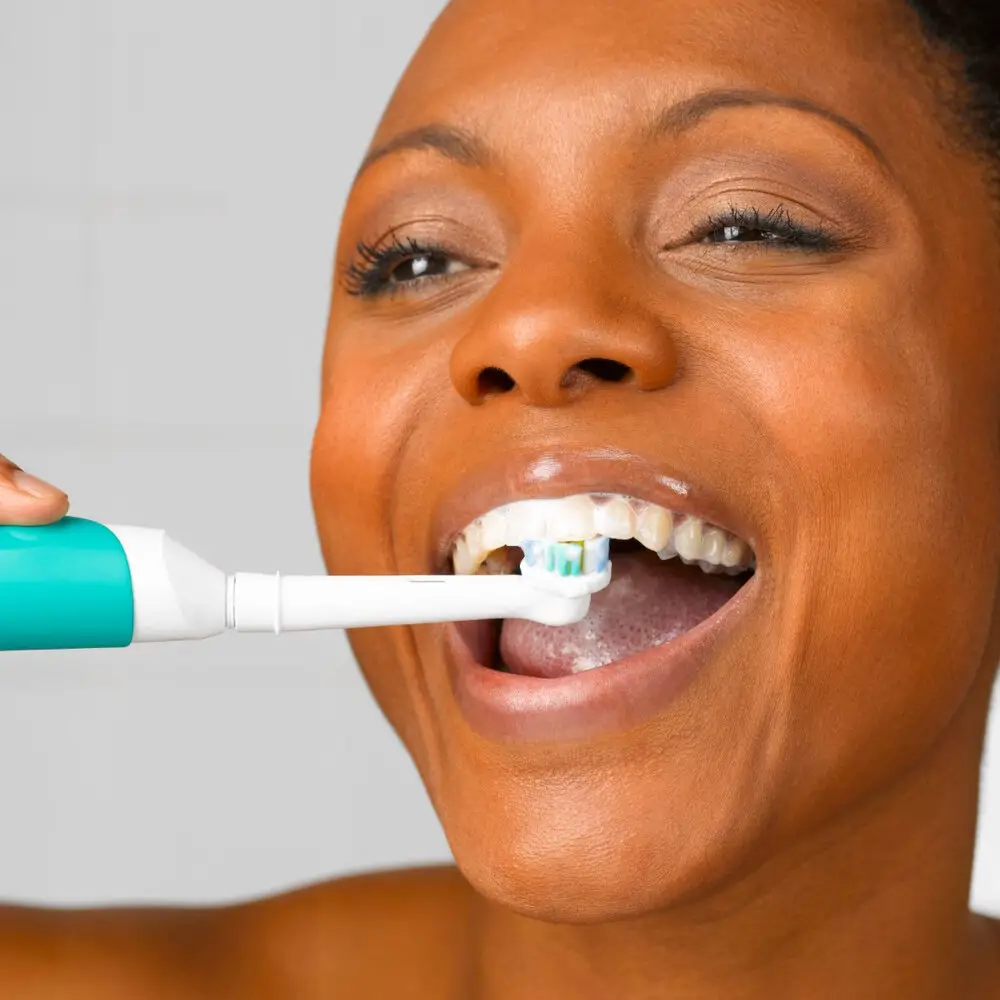
In conclusion, crooked teeth are a common dental problem that can impact both the appearance and functionality of a person’s smile. The causes of misaligned teeth can vary and may include genetics, habits such as thumb sucking and tongue thrusting, and trauma to the mouth. It is important to address crooked teeth to prevent further dental issues such as decay and gum disease. Orthodontic treatment options such as braces and clear aligners can effectively correct misaligned teeth and improve oral health. By understanding the causes behind crooked teeth and seeking proper treatment, individuals can achieve a straighter, healthier smile that they can be confident in.

